Painting It Red: An Interview with Ananya Chhaochharia
Ananya Chhaochharia is an intersectional feminist working at the crossroads of gender and politics. She started an NGO, Paint it Red, to combat the challenge of period stigma and to create access to sustainable menstrual products. In conversation with Gaurvi Narang, she gives us a glimpse into her inspiration, work, and experiences.
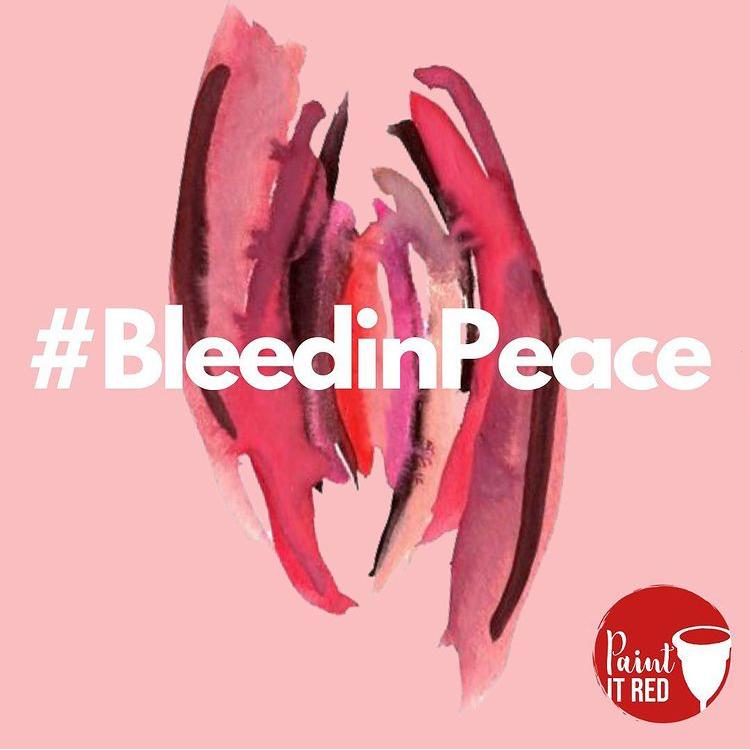
What led you to the idea of starting an organization?
Volunteering was often a part of my extracurricular activities in school, so I think I was probably 12 or 13 years old when I first went to a non-profit organization. I was given the minimal task of teaching English to a bunch of young children. At that point, I never expected to enter the social sector, but I did know that I had an ambiguous idea at the back of my head that I wanted to create a difference and benefit society in some way or the other. Growing up, it took me time to find my calling.
A lot of personal instances from when I was a political consultant helped me understand the reality of many things, which struck me deeply. I realized that all my ideas of gender equality or women empowerment were lofty. That pushed me to talk to lots of beautiful organizations that are working to eliminate period poverty and fill in the gaps between supply and demand, and so on. This made me want to start something of my own, which starts at the very base of things.
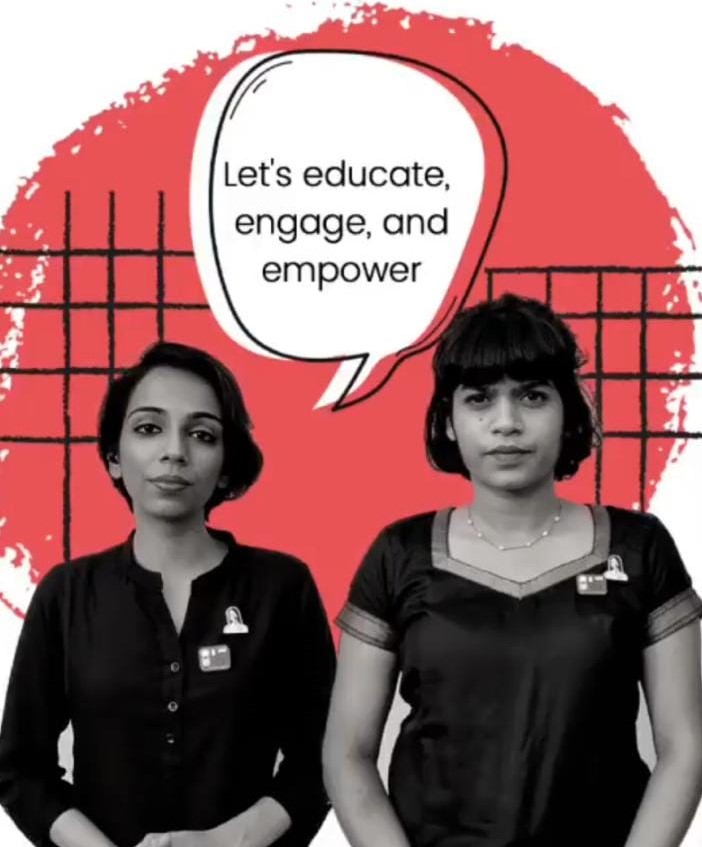
Why did you choose to work in the health care sector?
I had a very moving experience when working in Bihar as a political consultant. I could not find any sanitary napkins and was taken to a very dilapidated bamboo structure to change when I was in the village. What was a minor inconvenience to me is actually a lived reality to most, day in and day out. And all my lofty ideologies of justice and equality just crumbled before my eyes. The menstrual right happens to be a basis for the realization of a lot of human rights. Be it the right to equality or the right to self-preservation. The more I read about it, I learned that this is something that impacted the daily lives of people. Like for example, what ‘Beti Padhao, Beti Bachao’ are we talking about if still 1 in 5 girls in school drops at menarche?
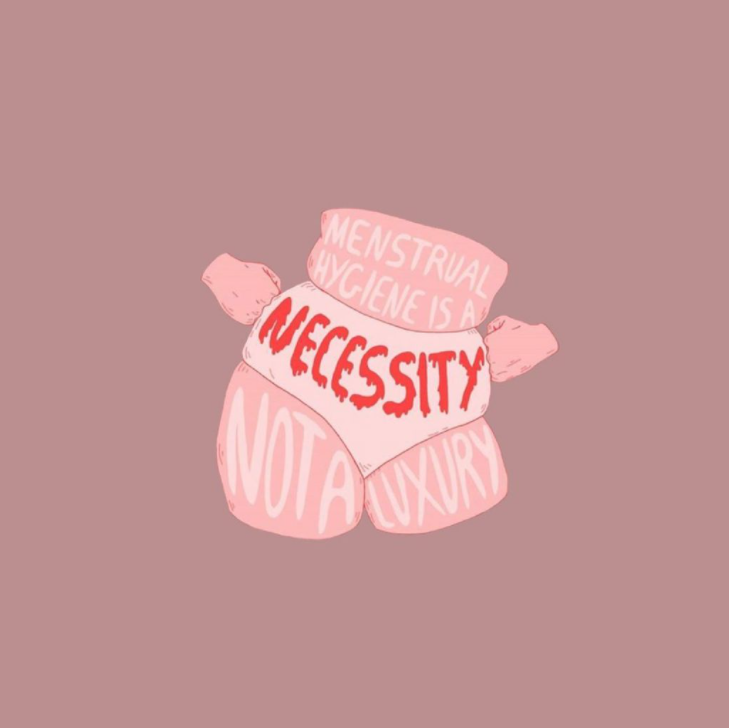
Could you tell us a little more about the kind of campaigns that you run?
We have 3 main verticals right now at Paint It Red. Many on-ground drives are done to distribute lots of menstrual hygiene kits – which go beyond just the basic period products and cover more needs of the individual completely. We also focus on sustainable menstruation. Currently, we are working now on the policy side of things. We noticed a major gap in this sector that not enough people are working in partnership with the government to create a long-term strategy to tackle the same.
A one-fit solution is not possible. We are trying to understand different community needs and such, and we have created a policy document for the same. We have also launched a menstrual open-source database – called The Red Pages. All individuals working in this sector can register with us on the website and connect people based on services, locations, and languages to collaborate.

Where do you think India stands in terms of women’s rights when it comes to menstrual health? Is there still a lot of stigma around the same?
The statistics say we are far behind, but one cannot rely completely on stats since menstrual health and hygiene have never focused on data collection. What I see on the ground is that we are fighting a much larger issue than a lack of period products. We are fighting a huge cultural and traditional mindset. Religion has played a major role in perpetuating patriarchal ideas when it comes to menstruating women. The real challenge lies in starting early in informing and being better informed. In many states, we have faced frequent backlash where we have been told that we are trying to corrupt the minds of the women in their society. It is disheartening, but it is a part of the fight.
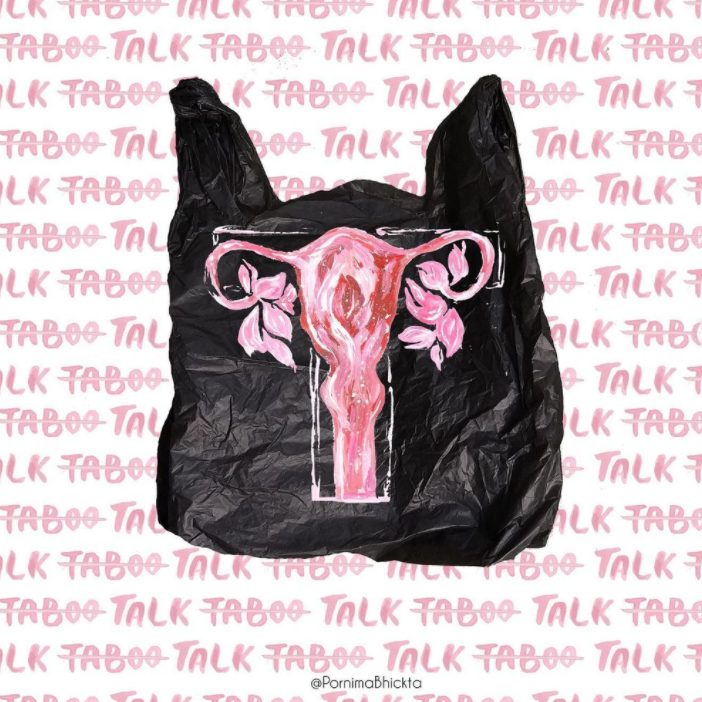
Menstruators are often limited to women. How hard has it been to educate people around you about the inclusivity of trans and non-binary individuals that also bleed?
Diversity is really the bedrock of the work we do at Paint It Red. Inclusivity is something we try and do through small efforts. We try to educate people to use more neutral language when speaking about menstrual rights and concerns. Increasing the gambit and purview of intersectionality is also very important. For instance, a trans man who has their periods is often unable to use internal products like tampons and menstrual products. Their gender dysphoria makes them feel that they are not one with their body.
In such cases, we have to deep dive into each personal situation and have these necessary conversations and what they represent on the gender spectrum. We also have to include people with special needs. Inclusivity and diversity in our country have made us look at menstruation from a more regional perspective. So instead of coming up with a ubiquitous policy for the country, we try to understand regional and local needs.
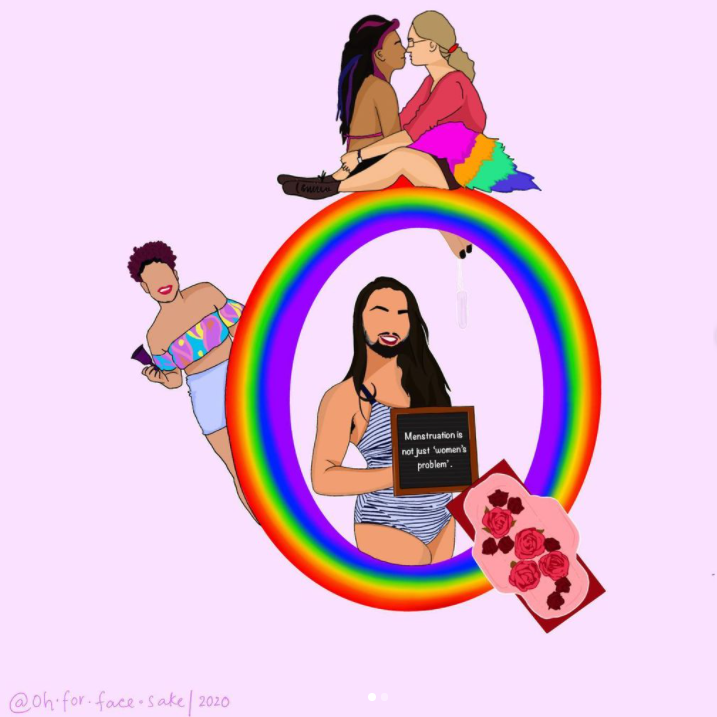
“Inclusivity and diversity in our country have made us look at menstruation from a more regional point of view.”
Ananya Chhaochharia
It is clear that India still has a long way to go in terms of menstrual hygiene, awareness, and a generally positive outlook. The problem is far from overcome, but the conversation around the same is stirring. While the stigma is the toughest to combat, understanding local needs and personal narratives is much more important than recognizing than dealing with just the fundamentals.
Follow @PaintItRed to learn more about their journey and initiatives!
Subscribe to Pratisandhi’s E-Newsletter for regular updates!
Author

